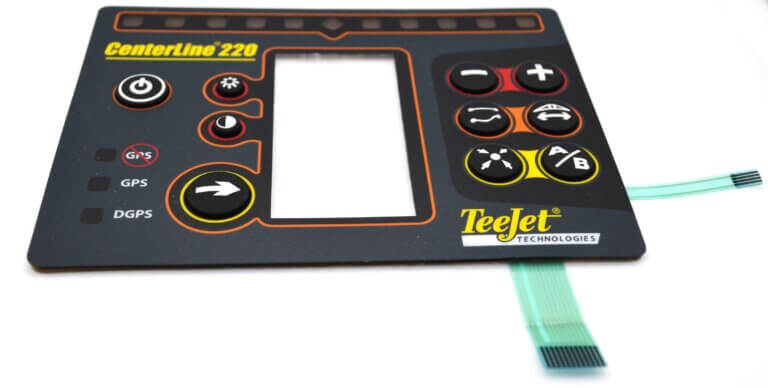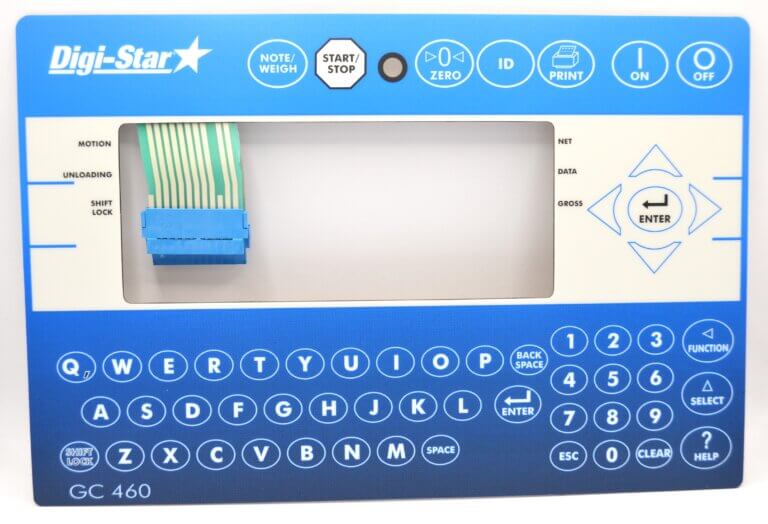Tactile Vs Non-Tactile Keypad Switch Products

Membrane switches and keypads are used in control systems for a variety of industries, from agricultural to medical to industrial. They are used as a user interface between a person and the operating system of equipment or machinery.
What Are the Different Types of Membrane Switches?
There are two main types of membrane switches available, tactile membrane switches and non-tactile membrane switches. Both differ in their method of feedback.
Which Membrane Switch Keypad Feedback is Best?
Deciding which keypad feedback to use for your application is related to what the keypad will be used for. Both tactile and non-tactile membrane switches are useful, but they differ in their construction and primary purpose.
How do Tactile Keypads Work?

Tactile Membrane Switch Advantages
Tactile keypads are momentary contact switches, meaning they are only active while being pressed. Tactile keypads provide physical feedback to the user through a metal dome or formed plastic dome beneath the overlay. When a tactile key is pressed, the dome collapses and contacts the conductive under layer, completing the circuit and creating an action sequence.
When the user removes pressure from the tactile key, the dome pops back up, eliminating the circuit connection and causing the action to stop. They are internally vented and sealed to prevent contamination.
Manufactured from nickel plated stainless steel, metal dome membrane switches are momentary switch contacts that become normally-open tactile switches when used in conjunction with a printed circuit board, flex circuit, or printed membrane circuit. Tactile metal dome switches provide an extremely reliable user interface and are installed through a pocket design concept, or directly on printed circuit boards with pressure-sensitive adhesive tape or dome cover.
Since metal dome switches are available in a wide range of shapes and sizes, including fully customized options they are often found in electronic devices, test equipment, industrial controls, and other types of measurement equipment.
How do Non Tactile Keypads Work?
Non-tactile keypads are similar to a tactile switch, but when pressed, there is no tangible feedback response. Instead, non-tactile keypads require another way to alert the user that the switch has been activated. Typically, they rely on an audible or visual response from the unit.
Instead of a metal or plastic dome beneath the overlay, the non-tactile switch uses two layers of polyester with a conductive coating on each layer. When a user pushes a non-tactile key, the polyester layers flex and make contact closing the circuit and initiating an action.
Since they may utilize a thicker graphic overlay for increased ruggedization and protection, non-tactile keypads are frequently used for applications used in extreme environments. Non-tactile keypad constructions are exceptionally reliable and can be easily incorporated into complex user interfaces.
Non-Tactile Membrane Switches Advantages

Your Trusted High Performance HMI Products Manufacturer
Dyna-Graphics provides state-of-the-art membrane keypads, touchscreens, and other HMI Solutions to meet a broad variety of specifications and requirements. Contact us to learn more about tactile and non-tactile keypads and which one is better suited for your applications.
